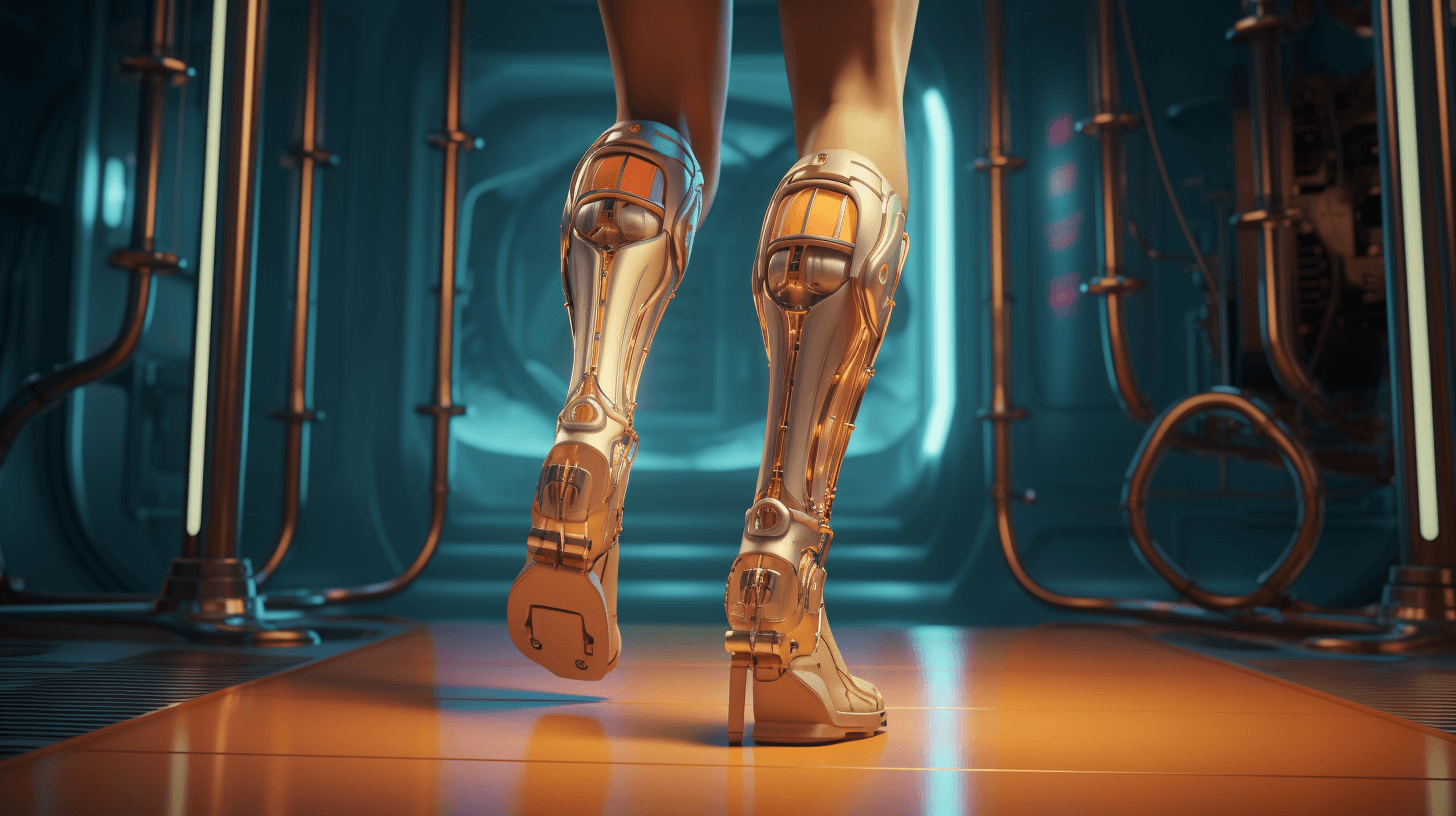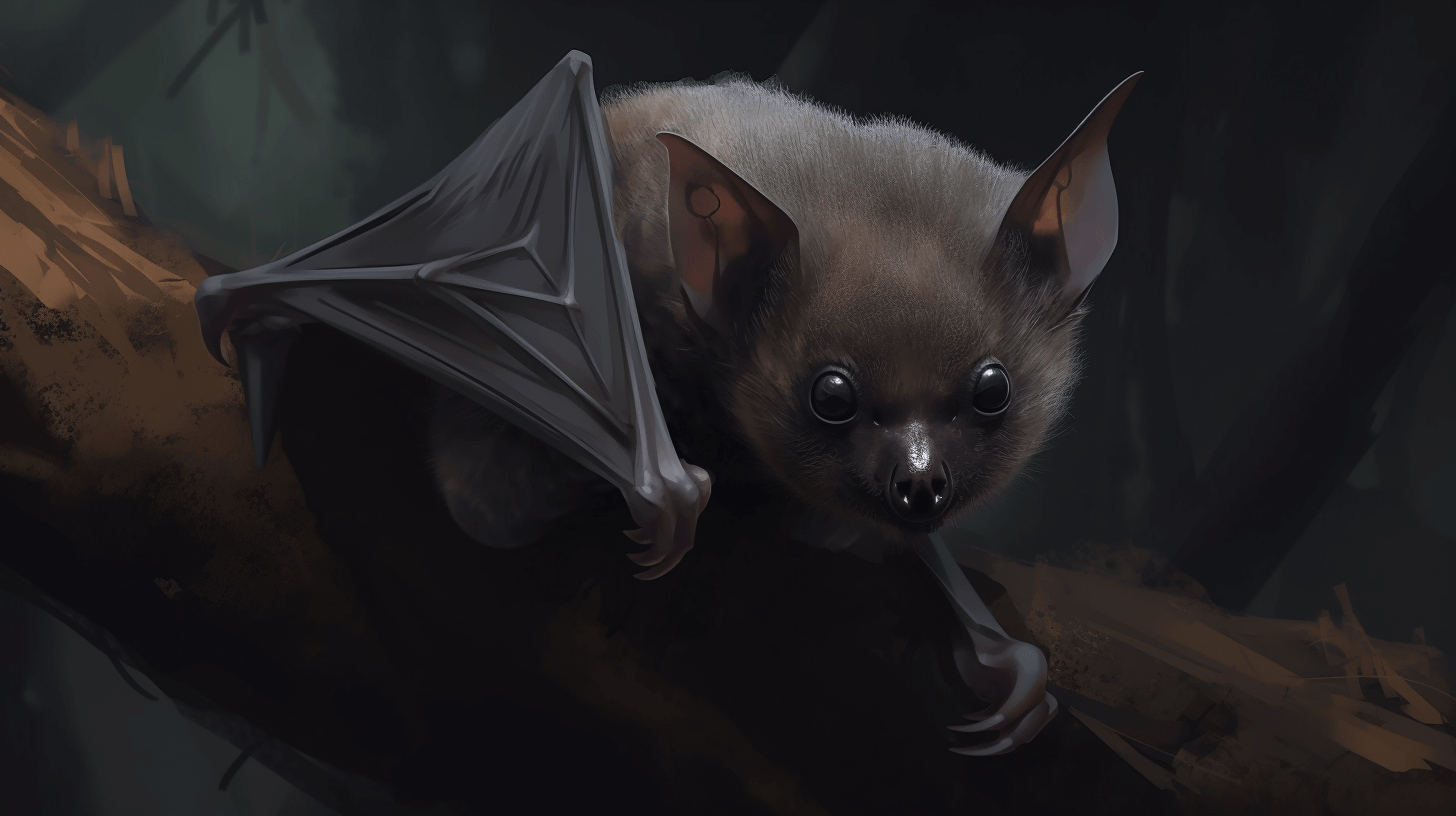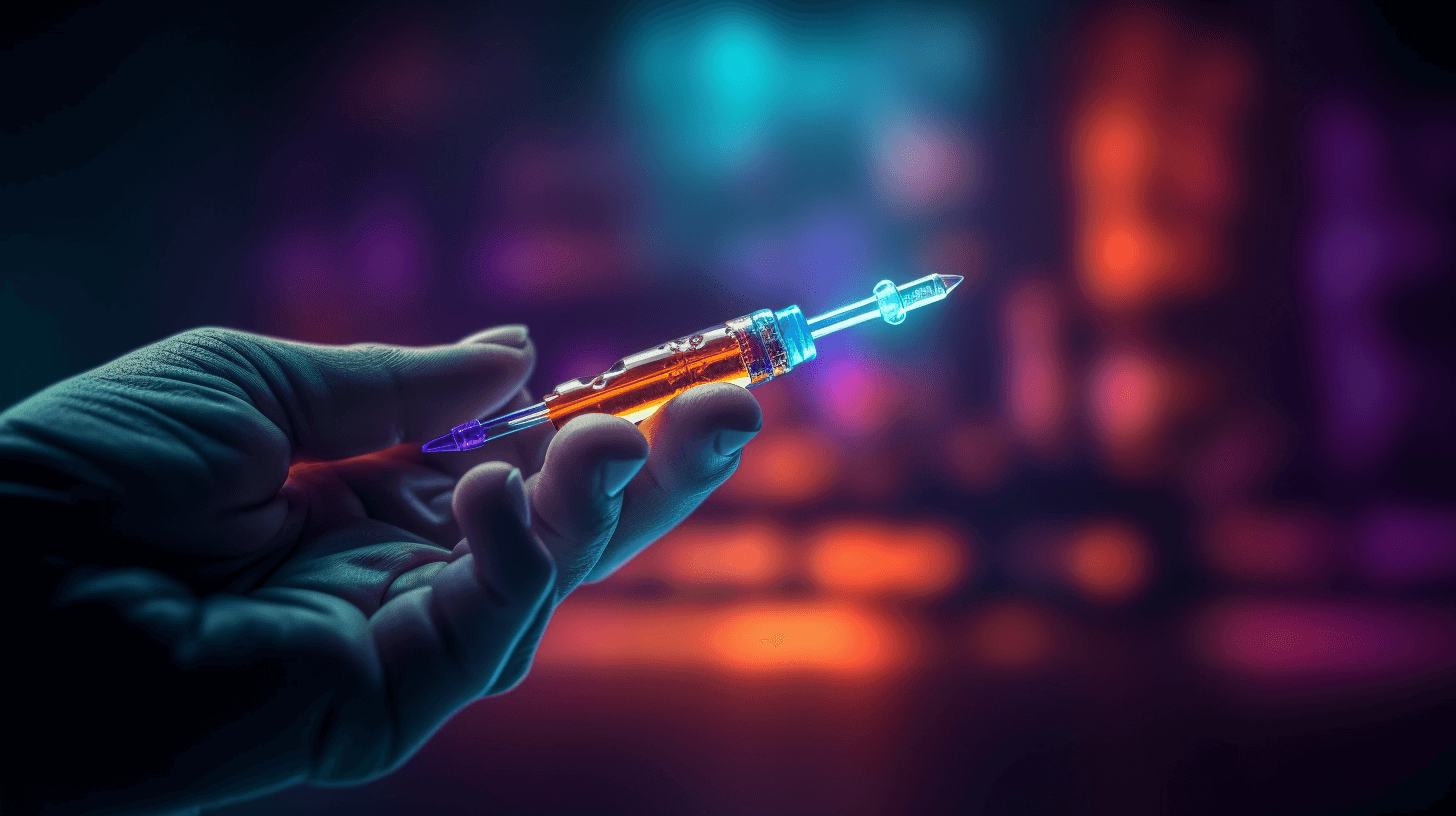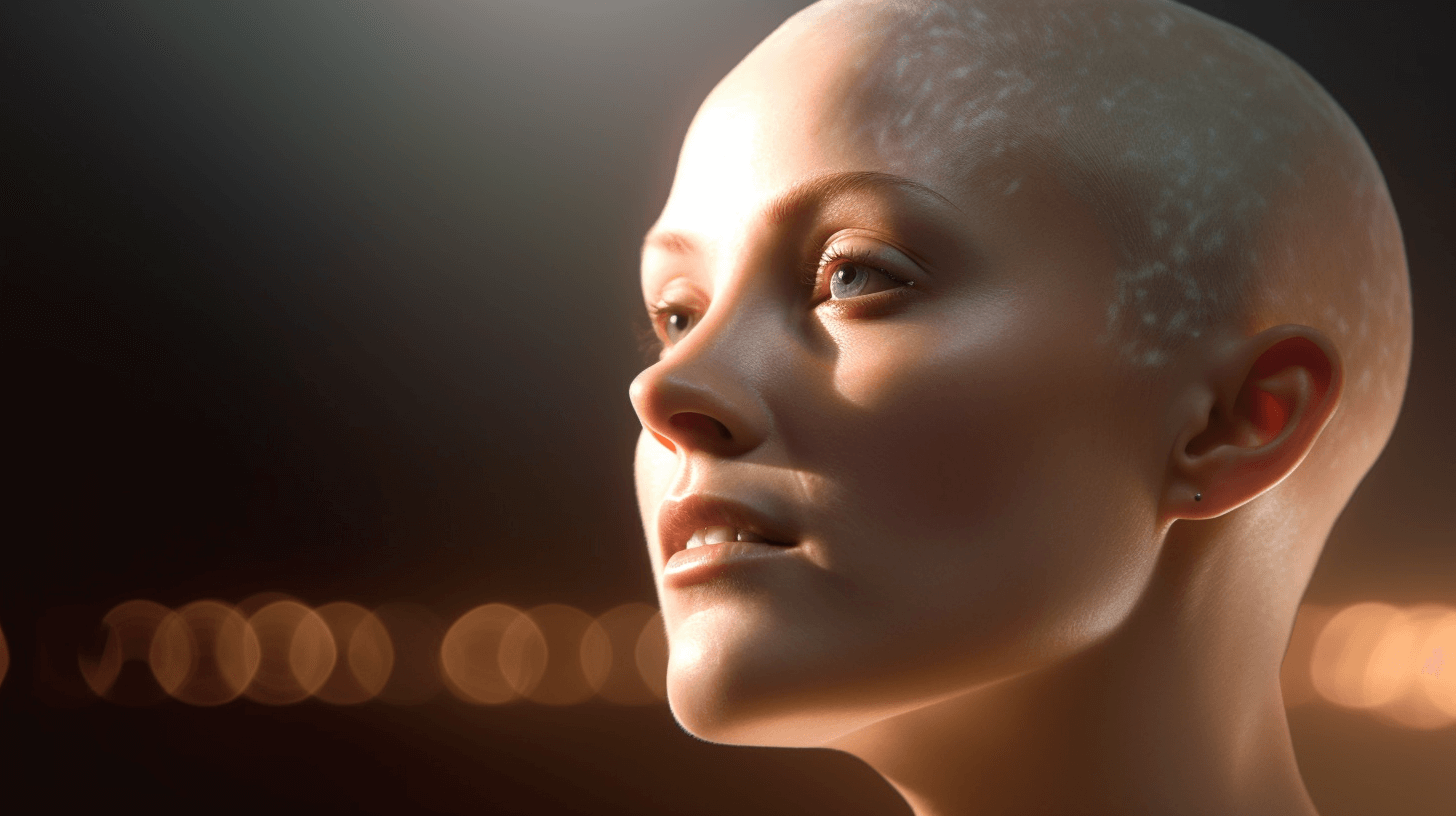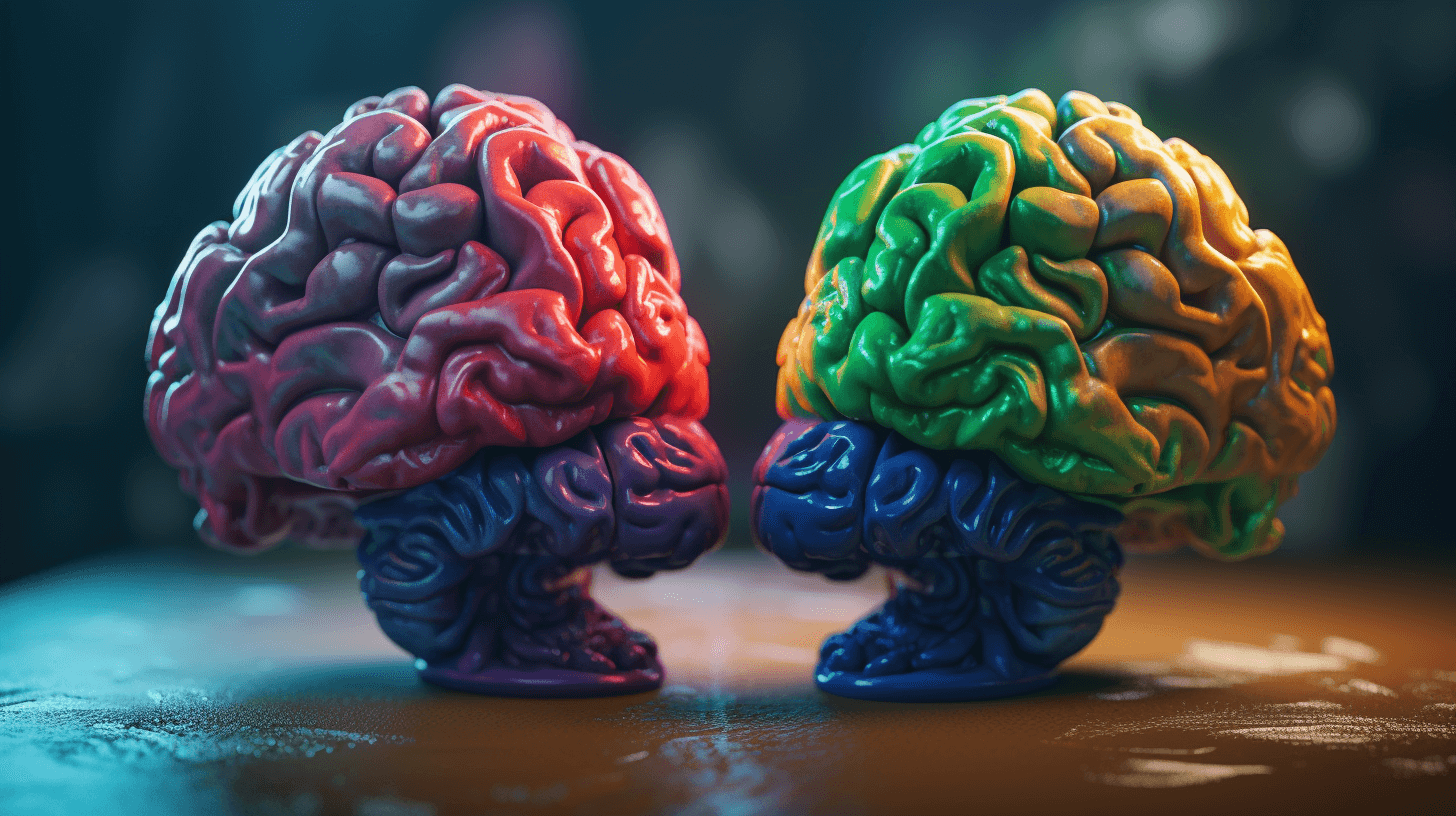🤙🏽🦾 Ho Brah, Da Guy Who Make Fake Limbs Feel Real Went Go Aloha Oe
⬇️ Pidgin | ⬇️ ⬇️ English
Sad news, cuz. Da one supah manaʻo man Sliman Bensmaia, da one who wen make some unreal kine science with feeling and touch fo’ da ones who wen lose one arm or leg, he went aloha ‘oe from dis world on Aug. 11 ova dea in Chicago. He was only 49, bro. 🌺😢
Da big University of Chicago, wea he stay work as one professor fo’ organismal biology and anatomy, dey went say, “a’ole pilikia, he really wen pass.” No one know da real kine reason why yet.
K, so back in da day, when all da soldiers wen come back from Afghanistan and Iraq all bus’ up, da big US Defense Department wen throw like $100 million fo’ learn more about prosthetics. 🇺🇸💰
At dat time, da scientists wen get choke knowledge ’bout da brain kind prosthetics, but was still hard fo’ make da people feel da real stuff with da fake limb. Like, they no can tell if da thing dey holding stay rough or smooth, hot or cold, or even wea da limb stay. 🧠🦿
Bruddah Bensmaia (you say um like bens-MAY-ah) wen think, “eh, I can help with dat!” He wen try figure out how da brain know stuff from touch. He like make da fake arm or leg feel just like da real kine.
Bensmaia and his ohana of scientists wen do some tests with da monkeys 🐒, ’cause dea brains kine similar to ours. Dey wen poke da monkeys’ hands, then check wea and how da monkey brain wen feel ’em.
Dr. Bensmaia had one big group working with him. Had like undergrads, grad students, other doctors, and tech guys too. He even had engineers and computer guys. Was like one small kine company. David Freedman, one neurobiologist from Chicago, wen say so. ☎️🔬
Ho, da touch stuff, no joke, guys. You gotta feel da heat, da cold, da hard, da soft, and all kine. All dis info gotta go to da brain. 🌋❄️🧠
Funny thing, Dr. Bensmaia, he was one mean pianist too. He wen play all ova Chicago, and he wen call all da feeling and touch stuff in da brain like one “neural symphony.” 🎹🎶
Den in 2016, his team and some Pittsburgh University peeps wen hook up one young braddah, Nathan Copeland, with one mean prosthetic arm. This arm, brah, it could feel stuff. Even President Barack Obama wen come down fo’ check it out and wen give Nathan one fist bump. 🤜🤛🇺🇸
So dis Bensmaia guy, he was born in Nice, France in 1973. His ohana stay philosophers, and he wen grow up France and Algeria before moving to da US when he was 15. He wen study hard, get his Ph.D., and even thought about music before going all in with da science. 🎓🇫🇷
But, no think he only do science stuff. He still had love for da music. He and Dr. Freedman even went form one band called FuzZz and wen drop one album in 2013. 🎤🎸
But, like da waves in Waikiki, all things come to one end. Da last thing they were talking ’bout was how da brain processes what we see and touch. 🌊👀
Aloha nui loa, Dr. Bensmaia. Your legacy, like da aloha spirit, will live on. 🌺🤙🏽🦾
NOW IN ENGLISH
🌎🦾 Innovator Sliman Bensmaia, Pioneer in Prosthetic Sensation, Passes Away at 49
The world mourns the loss of Sliman Bensmaia, a groundbreaking figure in the field of prosthetics and neuroscience. Bensmaia’s innovative work on the science of touch enabled amputees and quadriplegics not just to move but also to feel sensations like temperature and pressure with their prosthetics. Sadly, he passed away on August 11th in his Chicago residence at the age of 49. 🏠💔
The University of Chicago, where he held a professorship in the department of organismal biology and anatomy, confirmed his demise. The cause remains undisclosed.
Bensmaia’s journey began in earnest during his postdoctoral tenure at Johns Hopkins University in the 2000s. At that time, the Defense Department was grappling with increasing numbers of injured veterans returning from Iraq and Afghanistan. In response, they invested $100 million in prosthetic research. 🌍🔬
While significant advancements had been made in brain-controlled prosthetics, the realm of sensory feedback remained largely unexplored. Bensmaia accepted the challenge to delve deeper, aiming to understand how the brain perceives and processes touch, with the end goal of creating prosthetics that mimic the functions of organic limbs.
Using rhesus monkeys for their similarities to human neural systems, Bensmaia and his team carried out experiments to map out how the brain registers tactile sensations. 🐒🧠
Under Bensmaia’s leadership, his research group – comprising undergraduates, grad students, postdocs, and technicians – managed to bridge the gap between theoretical and practical application. His interdisciplinary approach included neuroscientists, engineers, and computer programmers, creating a synergy akin to a tight-knit company.
In the midst of this complex work, Bensmaia never lost sight of the sheer wonder of touch. To him, the hand was not just a functional tool but an embodiment of human intelligence and neural intricacy. A proficient pianist, Bensmaia often likened the plethora of sensory inputs to a “neural symphony.” 🎹🎶
In 2016, marking a significant milestone, Bensmaia’s team, in collaboration with the University of Pittsburgh, equipped a paralyzed individual, Nathan Copeland, with a state-of-the-art prosthetic arm capable of feeling through its fingertips. This groundbreaking achievement even drew the attention of then-President Barack Obama, who visited the lab and shared a memorable fist bump with Copeland. 🤜🤛🇺🇸
Born in Nice, France, in 1973, Bensmaia grew up in a family of philosophers, living in both France and Algeria before moving to the U.S. at 15. He initially intended to pursue music, but his studies shifted towards cognitive science, culminating in a Ph.D. in 2003.
Aside from his scientific contributions, Bensmaia was an active musician, even forming a band, FuzZz, with his colleague Dr. Freedman, and releasing an album in 2013. 🎤🎸
Bensmaia’s untimely departure leaves a void in the world of neuroscience, but his pioneering work ensures that his legacy will live on, transforming lives for years to come. 🌌🌟

